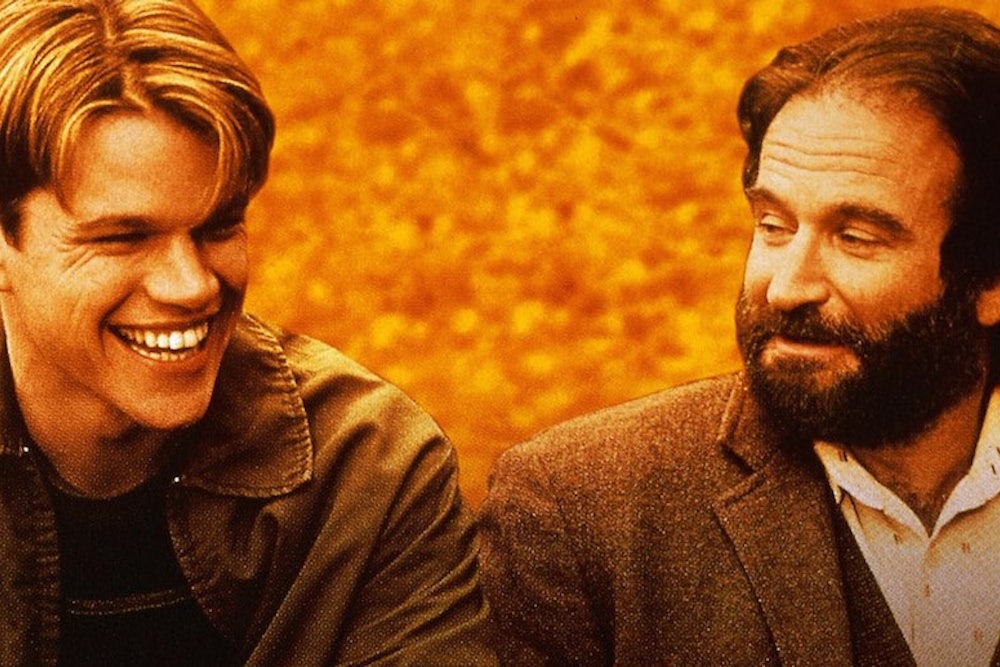On Tuesday, a coalition led by former New York mayor Michael Bloomberg announced an ambitious new philanthropic effort aimed at increasing the ranks of low-income students who apply to and attend our nation’s top colleges and universities. The plan builds on some recent buzzworthy research indicating that only a small percentage of high-scoring, high-GPA students from low-income backgrounds are even applying to highly selective schools, be they Harvard and Princeton or state flagships like Michigan or Wisconsin. After identifying these students, Bloomberg and others plan to match them with counselors who can help them navigate the college application and financial aid process.
It’s hard to argue that we shouldn’t provide more resources and more guidance to high-achieving poor students. It’s a minor tragedy, and an indicator of our lack of mobility in this country, that low-income students are systematically shut out of the schools that overwhelmingly produce our titans of industry, politics, and law. Even President Obama has addressed the issue, recently convening leaders from across the higher education spectrum in an effort to recruit more low-income students to our nation’s most prestigious campuses.
But the Bloomberg coalition's well-intended effort, or anything similar, is unlikely to do much about the fundamentals behind why low-income students and students of color attend and complete college in lower numbers, or that it even identifies the right problems in our higher education system. Let’s call it the Good Will Hunting problem, where there just aren’t enough undiscovered geniuses out there to move the needle on college attainment.
To understand why, one just has to look at how few students would be affected even if this works out. According to the research undergirding Bloomberg's effort, from Caroline Hoxby at Stanford, there is a pool of around 35,000 high-achieving low-income students who could benefit from these types of efforts. Even if there were a 100-percent success rate at inducing these students to apply to top tier institutions and at convincing these institutions to accept underserved students, we’re talking about a population the size of the University of North Texas. Put another way, it would cover less than one-tenth of one percent of the total college-going population in the United States, even in the rosiest scenario. (The coalition says the initiative "aims to directly help as many as 65,000 students," suggesting a slightly different standard for "low income." Nonetheless, that is barely more than the more than the student population of the University of Central Florida, or three-tenths of one percent of the total college-going population.)
An analysis of Department of Education data corroborates this. Only 44.5 percent of low-income college students (those from the bottom 20 percent in income) reported taking AP classes in high school, compared to nearly 60 percent of high-income students. Only 36 percent reported taking two or more honors classes, compared to almost half of high-income students. In short, due to issues of funding and quality in K-12, not to mention the persistent legacy of poverty, low-income students are underrepresented among the ranks of the high achievers. These students face greater hurdles getting to and through any college, not just ones in the Ivy League.
So what would be a better use of resources? First, the world of philanthropy could probably provide a much larger impact by pouring resources into community colleges, which educated 4-in-10 students and enroll far higher percentages of low-income and adult students. In fact, rich students outnumber poor students 14-to-1 on selective campuses, but poor students outnumber rich ones 2-to-1 on community college campuses. But massive state budget cuts are forcing community colleges to increase attainment with fewer state and federal resources, all while keeping tuition and fees manageable. Obviously, the Bloomberg coalition and others are simply attempting to change that mix, and increase economic diversity among our nation’s schools. But they might do far better if they were to provide more resources to the institutions that currently enroll most of these students right now.
Another option would be to ease the crushing financial burden of college on both high- and low-achieving low-income students. As federal grant aid covers less and less of the cost of college, and as many institutions —even well-resourced ones—leave students with enough unmet need to eat up a year’s worth of income, poor students are struggling to cover the cost of elite and non-elite institutions. Nearly nine out of ten Pell Grant recipients who graduate take on debt, compared to less than half of those who didn’t receive Pell. There’s plenty of evidence that more need-based grant aid helps students not only access college, but complete it. Such an effort won’t necessarily lead to students graduating from institutions in the top ten of the U.S. News and World Report rankings, but the marginal benefit would be far greater.
To really increase the ranks of low-income students, we should be asking more of our major philanthropies, states, and the federal government than to save a small number of highly qualified students from falling through the cracks. Sure, finding the real-life Will Hunting would be rewarding for anyone. But as our nation’s business leaders should know better than anyone, the money would go a lot further if we made sure that even Will Hunting could receive a quality, low-cost education at more than just a select few institutions.
